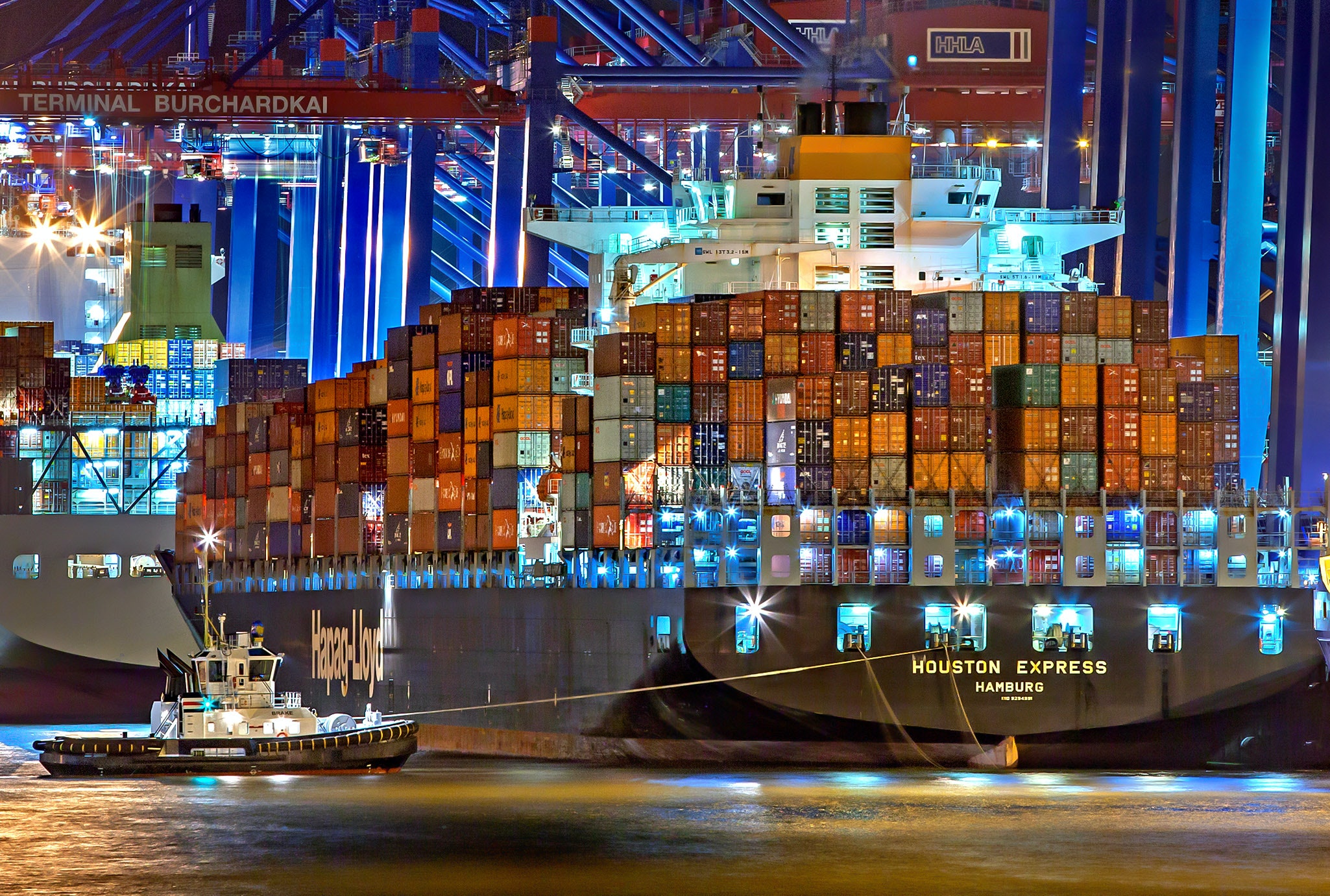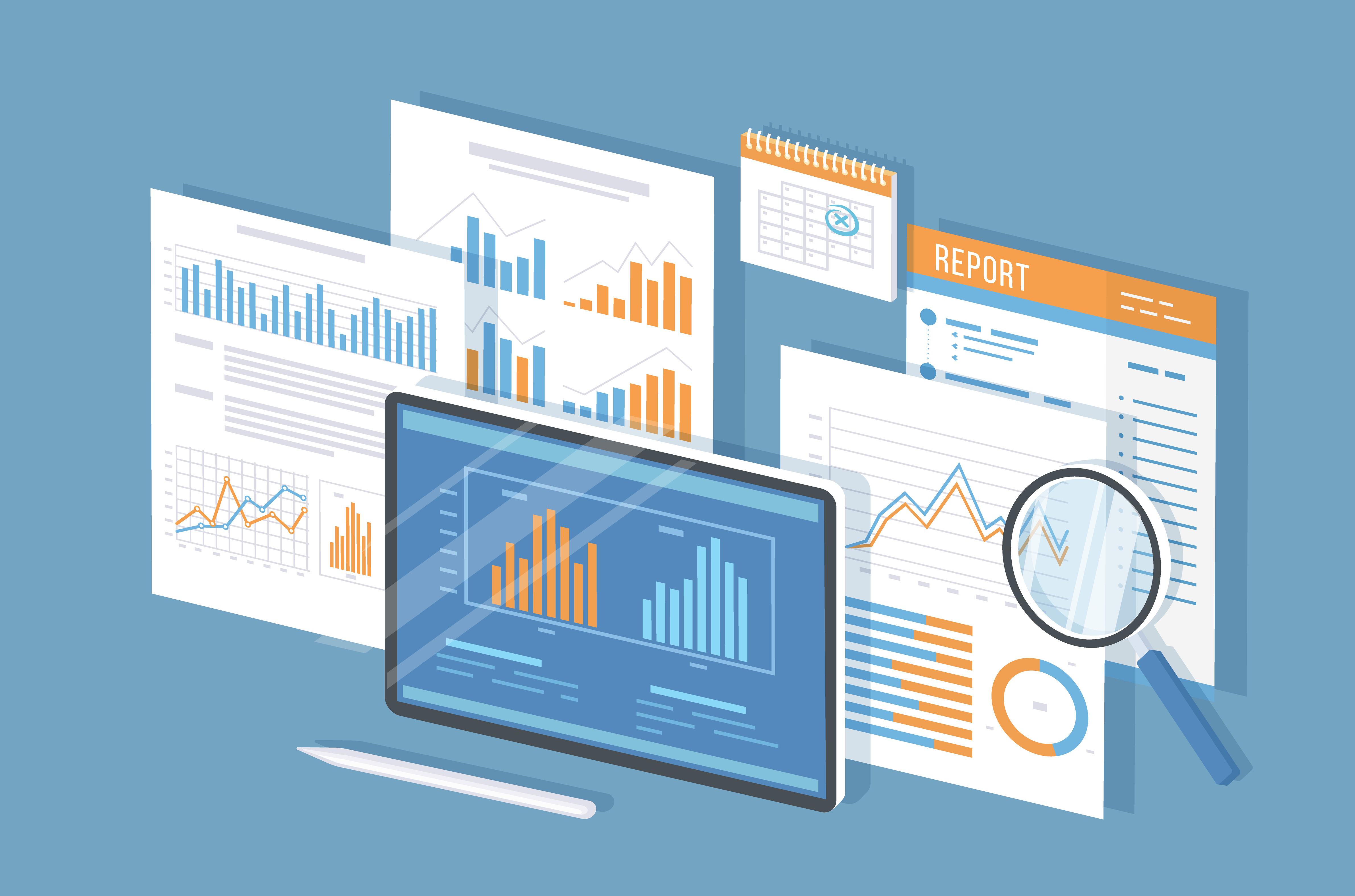Artificial intelligence (AI) might have been dubbed a gamechanger within agri-food, but does all the hype reflect reality?
That’s what we wanted to find out when we commissioned a survey of 500+ senior professionals working across processing, manufacturing and retail, quizzing them on their current use of the technology, their views on its potential and what’s needed next.
To read the full report along with expert analysis click here.
Short on time?
Here are our top five takeaways.
-
Food and drink has embraced AI
Though machine learning and artificial intelligence (AI) have played a role within agri-food for several years now, albeit a little under the radar, the last couple of years have marked a turning point in levels of adoption.
Of the 500+ businesses we surveyed, 70% say they already use or planning to use some form of AI across their operations, be it to optimise production lines, improve food safety or deliver more personalised customer experience (CX).

That the majority of food and drink businesses have now embraced AI in one form or another demonstrates unequivocally that we’ve gone beyond the experimental buzz that accompanied the viral launch of ChatGPT in late 2022 and into a phase of longer-term application.
In fact, our research also found that 89% of firms now have a dedicated budget for AI, illustrating the C-suite level buy-in that the technology has now achieved.
2. But plenty of sceptics remain.
Though AI has clearly won over many of its early critics, there’s still plenty of doubters when it comes to whether or not AI can truly deliver genuine change within the industry.
A little over a quarter (28%) of businesses told us they aren’t convinced that AI will have a positive impact or are unsure if it will, a lack of certainty that’s heightened among food manufacturers.
There are also different views on either side of the Atlantic.
While in the UK only a small proportion (4%) of firms say agri-food won’t be positively impacted, that rises to 17% in the US. This could reflect both a weariness of ‘corporate systems’ across US agricultural businesses, as well as more concerns around AI replacing human workers.
.png?width=434&height=542&name=Stat7(AI%20report%20stat).png)
For certain applications, these negative views are more pervasive. For example, fewer than 25% of food firms see AI’s potential for improving sustainability – despite a raft of AI-enabled technologies that can simply and streamline areas such as ESG reporting.
3. Skills and digital readiness are set to be roadblocks
Though 72% of businesses are mostly or highly digitised - and so in a good position to leverage AI-enabled technologies – that still leaves 28% that are only partially digitised or not at all.
Again, there are regional disparities here. As our Traceability Survey discovered, though both the US and US have similar amounts of work to do when it comes to achieving digital or data readiness, there are pretty big discrepancies in their willingness to get stuck in and do what’s required.
While in the UK 31% of businesses are embedding digitalisation into their future strategies, this drops to just 18% in the US, with an additional 20% saying they don’t plan to invest in digital processes at all.
If those attitudes don’t budge, businesses could soon find their lack of digital readiness precludes them from the full value that AI can provide.
Much the same applies to nurturing the right internal skills. A fifth of businesses currently lack a team dedicated to digital transformation, for example.
Yes, it might feel like a bit of a luxury but specialist skills on teams can be the difference between harnessing AI that is affordable, accessible and tailor made, and AI that is eye-wateringly expensive and off-the-shelf.

4. Agri-food needs extra support to harness AI
AI adoption is still in its early days within food and drink.
It’s therefore no surprise that food and drink businesses are looking for additional support to help them navigate the rapidly evolving landscape.
Nearly two thirds (63%) told us they’d be keen to have access to additional funding streams and / or financial incentives to enable them to trial new technologies more freely, while 59% would like to see more training and support to help them understand how they can get the most out of AI.
These sorts of provisions shouldn’t only come from government or public bodies either.
There’s clearly a role for technology providers here too, both in providing technology-as-a-service models that better share the risk and cost of AI, and in working collaboratively with agri-food businesses on creating technologies that better match the specific needs of the sector.

5. The next five years will be crucial
The vast majority (96%) of agri-food businesses anticipate that AI will feature in their investment plans in the next five years, the majority of expenditure focused in the next one to three.
It’s an incredibly tight timeline within which businesses will need to ensure they’ve got all the foundations of data readiness, skills and support in place to achieve a positive ROI and validate applications.
And that makes the next five years something of a make-or-break for AI and its role within agri-food.

With the potential of AI being the biggest talking point of 2025 across the food and drink industry, we reached out to 500 businesses in the UK and US to find out how they plan to adopt AI to improve their operations, their aspirations for the technology and concerns. Download our exclusive research report below to read the results.
.png)
Foods Connected
Foods Connected is an award-winning cloud-based software platform that simplifies the food industry supply chain, optimising spend and unlocking the data businesses need to excel. Fast to roll out and even easier to use, our tools help our customers manage and report on traceability, product lifecycle management, procurement, quality control and sustainability.
Stay up to date
Stay up to date
Browse Posts
- December 2025
- November 2025
- October 2025
- September 2025
- August 2025
- July 2025
- June 2025
- May 2025
- April 2025
- March 2025
- February 2025
- January 2025
- December 2024
- November 2024
- October 2024
- September 2024
- August 2024
- July 2024
- June 2024
- May 2024
- April 2024
- March 2024
- February 2024
- January 2024
- December 2023
- November 2023
- October 2023
- September 2023
- August 2023
- July 2023
- June 2023
- May 2023
- April 2023
- March 2023
- December 2022
- November 2022
- October 2022
- September 2022
- August 2022
- July 2022
- June 2022
- May 2022
- April 2022
- March 2022
- February 2022
- January 2022
- December 2021
- November 2021
- October 2021
- August 2021
- July 2021
/Blog%20Headers/shutterstock_2473376713.jpg)

/Blog%20Headers/shutterstock_1927957907%20(1).jpg)
/Blog%20Headers/shutterstock_1845178195%20(2).jpg)
/Blog%20Headers/shutterstock_2133827717%20(1).jpg)
/Blog%20Headers/shutterstock_2247276303.jpg)
.png)



.png)


![[Infographic] Story of a striploin: the journey to retail](https://blog.foodsconnected.com/hubfs/Blog%20Imagery%20(PI%20AUTOMATED)/Blog%20Headers/Screenshot%202024-10-16%20at%2015.31.20.png)
.png)
/Blog%20Headers/Digital%20Food%20safety%20management%20system.jpg)
/Blog%20Headers/finnebrogue-hero-01-1.jpg)

/Blog%20Headers/The%20FSMA%20204%20Final%20Rule%20on%20Pre-Harvest%20Agricultural%20Water%20how%20will%20it%20affect%20your%20business.jpg)
/Blog%20Headers/shutterstock_1886990077.jpg)